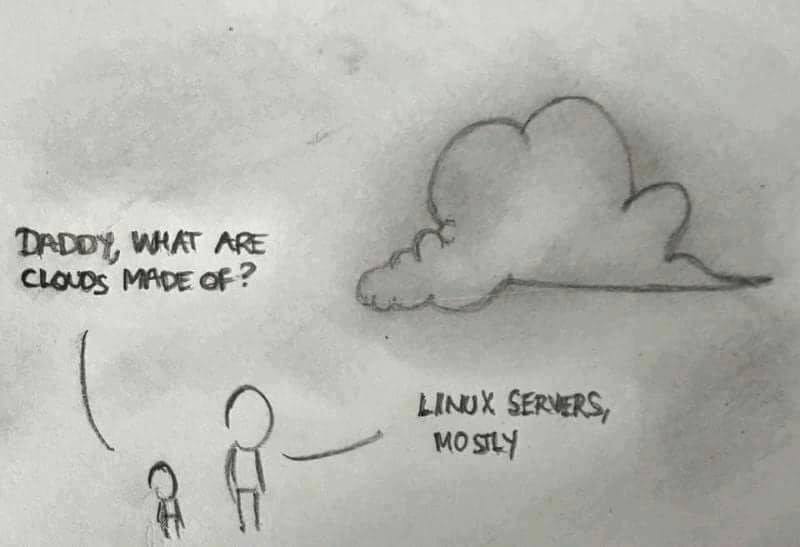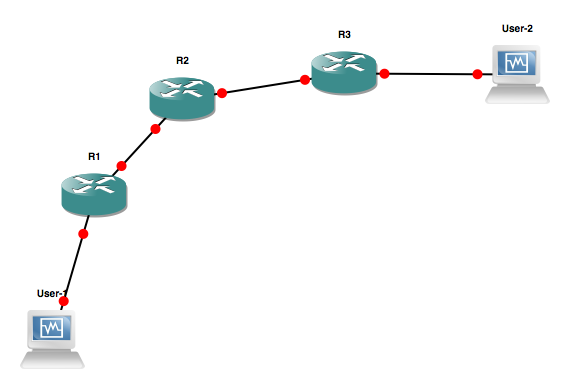Why object storage is getting exciting?

Last year had many interesting developments and one of that has been object storage. For those unaware, object storage is de-facto cloud storage which stores data as objects instead of file system architecture. This gives the option of simple plug-and-play horizontal scalability. It became popular when Amazon Web Services (AWS) launched S3. The idea was straightforward - pay-as-go storage with a few cents/GB/month charge to store data and a few cents/GB to egress data. No need to plan storage, no need to plan hard disk, storage servers, or rack capacity but a simple pay-as-you-go opex cost. Plus top tier cloud players do offer redundancy of data. The API replies with “success” on uploads only when data is replicated to multiple datacenters.
